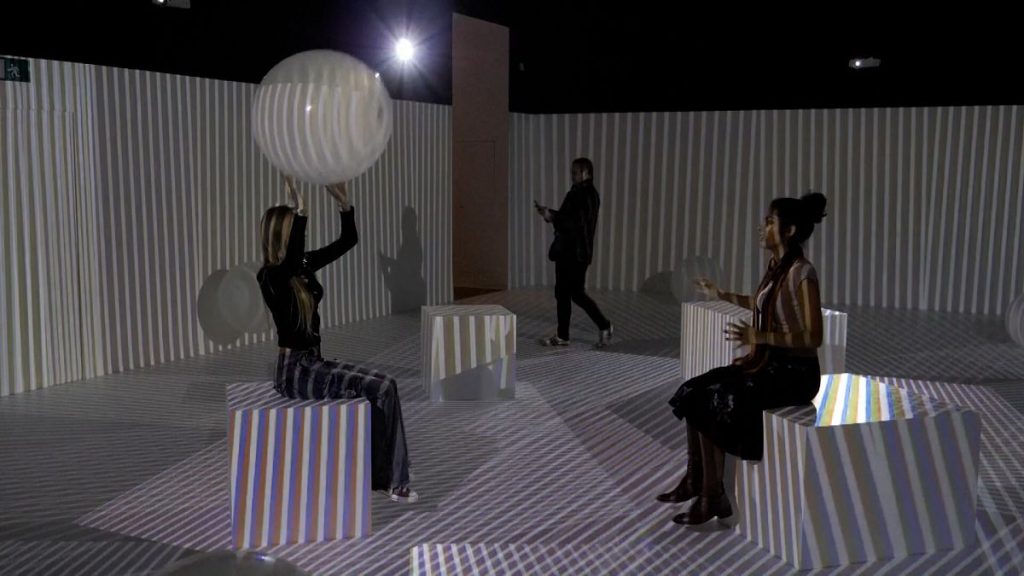Tate Modern’s exhibition, Electric Dreams, highlights the transformative influence of technology on art from the 1950s to the 1990s, showcasing the works of 70 pioneering artists. This exhibition not only explores the artistic landscape of that era but also emphasizes how early innovations laid the groundwork for a new age characterized by immersive sensory experiences. Through a variety of mediums, including optical and kinetic art, programmed pieces, and digital creations, the exhibition illustrates the dynamic interplay between artistic creativity and technological advancement.
The featured artworks in Electric Dreams reflect a diverse range of approaches to technology in art. From light projections that manipulate space to the aesthetic experimentation with early digital formats such as 16-bit game stills, the pieces reveal the artists’ explorations in reimagining technology. The exhibition serves as a testament to their ingenuity as they pushed boundaries, creating works that invite viewers into new realms of perception and interaction, thereby breaking down traditional barriers between observer and artwork.
Among the notable highlights of the exhibition are the immersive installations that combine visual and auditory elements, capturing the audience’s attention in unique ways. These installations exemplify the artistic intent to create experiences rather than mere objects, allowing visitors to engage with the artwork on multiple sensory levels. Electric Dreams captures a significant turning point in art history where artists embraced mechanical and electronic processes, leading to innovative practices that would influence generations of creators to come.
Electric Dreams also sheds light on the collaborative nature of this artistic movement, as many of the featured artists worked closely with engineers and scientists. This synergy facilitated the development of new techniques and technologies that expanded the artistic vocabulary available to them. Such collaboration underscores the idea that art and technology do not exist in isolation; rather, each continuously informs and enhances the other, culminating in groundbreaking works that challenge conventional notions of both fields.
As the exhibition unfolds, it contextualizes the significance of these early technological explorations within our current digital landscape. By revisiting the past, Electric Dreams invites contemporary audiences to reflect on how historical innovations have shaped modern artistic practices. It encourages a dialogue about the ongoing evolution of art in the age of technology and raises questions about the implications of our reliance on digital tools in the creative process.
Running until June 2025, Electric Dreams promises to be a rich exploration of the synergy between art and technology, celebrating not only the artistic pioneers of the past but also providing insight into the future of artistic practice. As it showcases an array of captivating works, the exhibition positions itself as both a historical retrospective and a forward-thinking commentary on the role of innovation in shaping the arts. Through this presentation, Tate Modern invites visitors to engage with the substantial impact that technology has had on artistic expression and to envision what lies ahead in this ever-evolving relationship.














